Everyone talks about algorithm updates, but Google does a
whole lot more than adjust algorithms.
Some of the moves they are making are really going to impact
your marketing efforts.
So, what are these non-algorithm changes?
Well before I get into them, keep in mind that you aren’t
going to like some of them, and that’s ok. Instead, I want you to focus your
energy on how you can leverage these changes before your competition.
Let’s get started…
Change #1: Google executives are big on “ambient
computing”
If you aren’t familiar with the concept of ambient computing,
here’s a quick definition:
Ambient computing is a term that encompasses many different concepts. At its core, it is the combination of hardware, software, user experience, and machine/human interaction and learning, all of these things becoming the idea of using a computer or internet-enabled device, without necessarily consciously using it.
In other words, Google wants you to use them 24/7 no matter
where you are or what you are doing. They are doing this by integrating
products everywhere.
Whether it is Nest, Android devices, Chromebooks, smartwatches, Google Home, or anything else they can drum up.
Because their mission is to spread the usage of all Google
related products, it will eventually open up new ways for you to drive traffic
and monetize.
An obvious example is to create apps on mobile devices that
work on Android phones. Uber, Netflix, and Candy Crush are all examples of apps
that work on Android devices.
You already know about apps, but I bet you don’t have one.
To give you an idea of how well you can do with a mobile
app, there are roughly 2 million mobile
apps, and there are over 13
billion mobile devices.
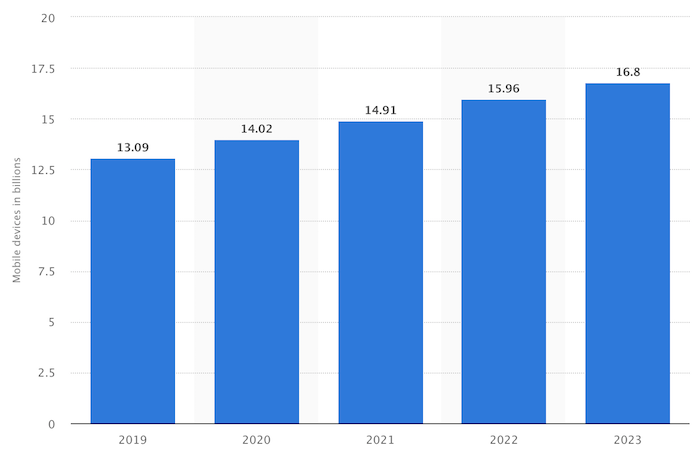
Of course, a lot of those devices are old or in landfills. But still, there aren’t that many apps for how many mobile devices that exist. Especially when you consider that there are over 1,518,207,414 websites.
In other words, there are 759 times more websites than
apps, so consider creating one. ?
If you don’t know how you can always use services like Build Fire.
And in addition to apps, you’ll need to start looking at generating traffic through all voice devices. Phones, watches, and even the smart home assistants that Google is creating leverage voice search.
Using tools like Jetson.ai
will help you create a voice version of your website so you can collect sales
and leads.
If you don’t think voice search is that important, 50% of searches are now voice-based.
Again, just like an app, I bet you don’t a voice search version of your website.
Question is, are you going to create one first or is your competition?
Change #2: Future generations are more likely to be
hooked on Google devices
Do you have a Chromebook? Chances are you
don’t.
But if you have kids, or nieces or nephews, ask them if they
have ever used a Chromebook.
Chromebooks are not only affordable, but they are taking
over the world, at least when it comes to millennials and generation z.
Just look at the percentages
of schools that use Chromebooks.
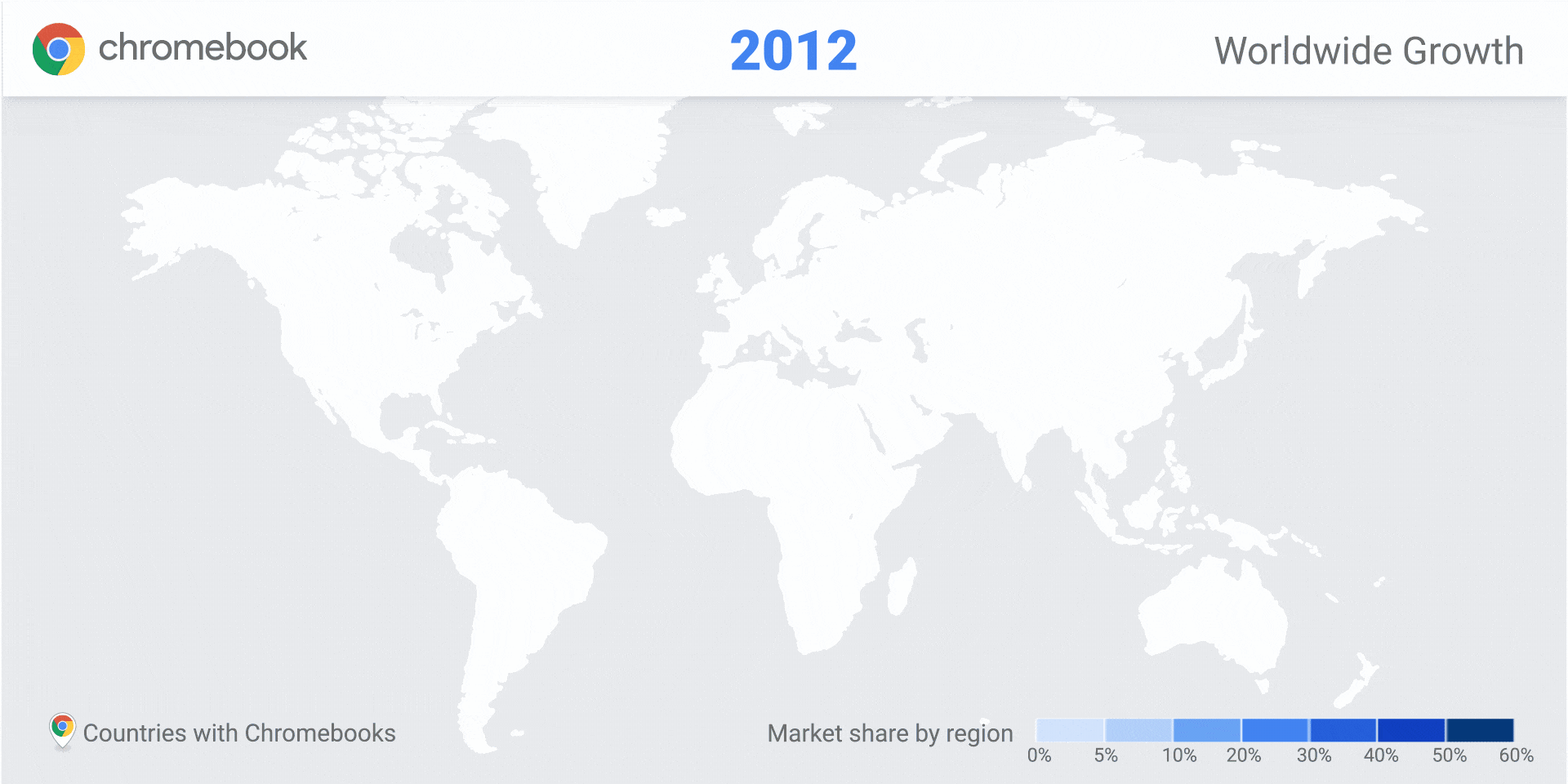
In some countries like the United States, 60% of the schools
use Chromebooks.
That’s a ridiculously high percentage.
Apple has also been trying to penetrate classrooms, but they
haven’t been having the same success as Google.
All this means is that kids are going to grow up using
Google devices and fall into their ecosystem.
Sure, social sites like Instagram, Tiktok, or whatever else is new will always be popular, but the chances are these young kids will get to those sites using a Google device.
Even though Google isn’t as sexy as it once was, you shouldn’t
take it for granted. It’s not going anywhere, and future generations will
continue to leverage them. Just don’t drop your eye on Google and you’ll be
fine.
Change #3: Expect Google to buy someone big in the
ecommerce space
When you think of ecommerce, what name comes to mind?
I bet you are thinking of Amazon.
We all use Amazon and, of course, every major tech company wants a slice of the ecommerce market.
Even when I’m using a search engine to find something to
buy, I usually click on an Amazon listing because we all love their Prime
shipping feature.
Google’s been trying to take a piece of that market for years. From shopping actions to Google Shopping nothing has really been too effective.
As consumers, we are just trained to go to Amazon to buy stuff.
And if you aren’t going to Amazon, you are probably going to Walmart or one of their online stores that they own all around the world.
To make matters worse, Walmart has removed all of its products from Google Shopping.
Google hasn’t made any big ecommerce or commerce purchases in general but you can expect that to change.
They may decide to buy a grocery delivery company like Instacart, but knowing them, I believe they will stick with the software, just like most things that they are doing.
Expect them to go after Amazon by helping people create
their own ecommerce site. Whether it is through a Shopify
acquisition or Bigcommerce or any other
platform out there, they want to own the ecommerce market.
It’s going to be too tough to go head-on with Amazon, and that’s I think they will take a different route and go after a platform like Shopify.
If you are selling products online you should, of course, be on Amazon, but don’t rely on them. Make sure you have your own website and look to see what platform play Google makes as you may eventually want to consider moving over to whatever they buy.
Change #4: Google will dominate the hardware industry
And no, I don’t mean they are going to create something
better than an iPad or an iPhone.
Apple, at its core, is a hardware company and they are clearly the winner when it comes to producing amazing devices that we use. But there is a big issue with Apple devices and even Samsung devices.
They are expensive.
If you want to buy a brand new iPhone, expect to drop $699 for the lowest model.
Google, on the other hand, does have high-end devices, but they also try and produce affordable devices. They also let other manufacturers use their operating system for their phones.
Their goal isn’t to make the most money per phone. Their goal is to get everyone in the world using their hardware.
Why?
Because that means they are collecting more data and that allows them to generate the most amount of money from advertising because all of these devices drive people to their search engine that is filled with ads.
It’s a pretty smart move.
I highly recommend that you watch this…
They aren’t just using this strategy with their phones, they
are trying to make all of their products affordable. That way people all over
the world can afford them.
Because if you live in places like Brazil or India, Apple
devices are too expensive, which leads people to choose a Google device.
Less than 5% of the world lives in the United States… the money is in the global markets.
If you are debating which platform to build on, consider Google, even if it isn’t the sexiest due to sheer volume. Android’s market share is roughly 87% because of its affordable hardware and partnerships.
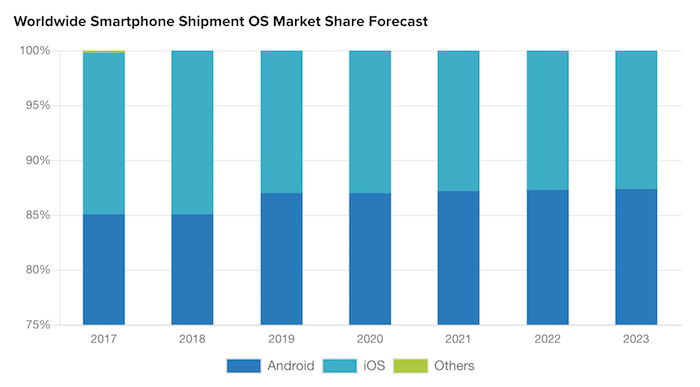
Change #5: Expect Google Ads to go offline
Right now you mainly see ads on their search engine.
Yes, you will also find ads on some of their other properties like Maps, but expect them to be everywhere.
For the first time, the 2019 digital ad spend overtook traditional ad dollars in the United States.
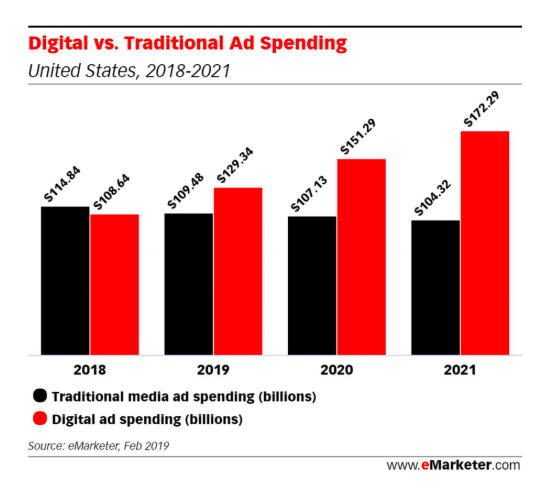
But still, ad dollars offline is more than a hundred billion-dollar industry, and that’s just in the United States.
Over the next few years, I bet you’ll see Google dip into offline advertising.
Just think of it this way. Google owns Waymo, a self-driving Uber type of service that is growing fast in popularity.
They have data from the Google devices in your home and the watch on your wrist and they know where you going through Waymo… essentially, they have more data on you than anyone else.
Heck, they are even starting to offer checking
accounts.
With all of that data, who better to serve you offline ads?
They’ll be able to target people better and make them more relevant.
This will also increase the value (cost) of offline ads as
well as online ads in the long run.
Change #6: Search results won’t look the same in the
future
You are probably going to hate this change the most, but it
will also make their search engine more usable.
They are testing a lot of different ad types.
For example, as a business, you can collect leads through Google.
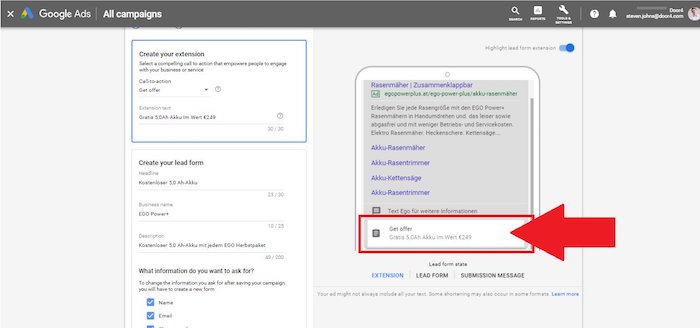
And eventually, you’ll just be able to book a hotel room right on their search engine without going to the hotel’s website.
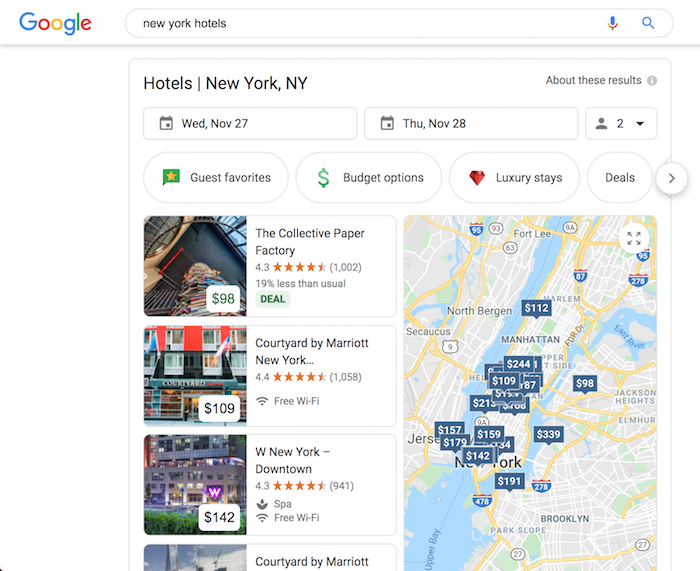
The same will happen with mortgages, auto insurance, and many more industries.
This doesn’t mean that SEO will be dead or no one will go to
your site from search engines, it just means you will have to adapt.
For example, you can create educational-based content, rank highly, and when people land on your website, you can convert them through sales funnels.
You can also use tools like Hello
Bar to create sliders and popups to drive visitors to your money pages.
Conclusion
The future isn’t going to look the same. Companies like
Tesla aren’t the only ones who are innovating, most big companies are.

Don’t expect Google to just stay the same and not adapt just
like every other tech company is trying to do.
It’s the only way to stay ahead and win.
As marketers and entrepreneurs, Google won’t be the only one
disrupting how you are growing your sales and traffic. But instead of getting
upset or complaining, accept it.
Be productive with your time and focus on adapting. Because
when you are adapting while your competition is complaining, you’ll win.
What other changes do you see Google making in the
future?
The post An Inside Look at Google’s Future Plans appeared first on Neil Patel.


0 Comments